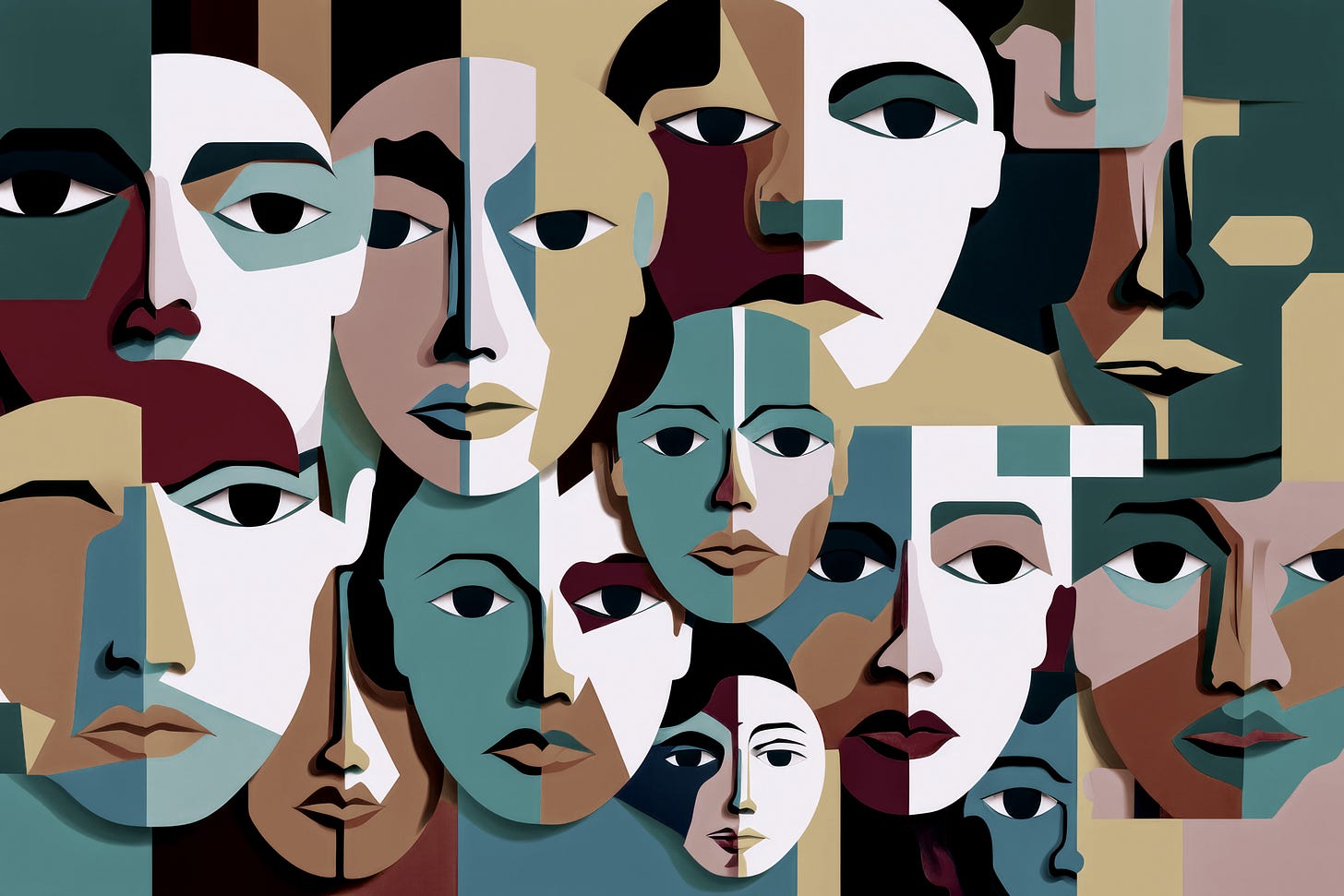Dutch study reveals three-phase process for how half-siblings build relationships
The ongoing work of kinship among donor half-siblings in The Netherlands. (Bolt, 2025)
Bolt, S. H., Notermans, C. D., van Brouwershaven, A. C., Maas, A. J. B. M., & Indekeu, A. (2023). The ongoing work of kinship among donor half-siblings in The Netherlands. BioSocieties, 18(1), 156-173. https://doi.org/10.1057/s41292-021-00259-z
Geographic Region: The Netherlands
Research Question: How do Dutch donor-conceived adults make or unmake kinship with donor half-siblings who are "strangers" recently found to be "relatives"?
Design: Data were collected between April and June 2018 with participants who had attended group meetings facilitated by Fiom (a Dutch organization supporting genetic relatedness searches). Semi-structured interviews lasting 1.5-2 hours were conducted using open-ended questions covering participants' motives for searching same-donor siblings, expectations regarding contact, feelings before/during/after group meetings, and experiences of support from social networks and counselors.
Sample: 19 participants were recruited from five different donor half-sibling networks after attending Fiom's group meetings for same-donor offspring. All participants were women aged 15-42 years who came from across the Netherlands. The participants were members of networks that ranged from 7 to 34 donor half-siblings. The oldest sibling network had existed for less than a year, and the newest for just a few months, though these networks continued to grow rapidly over time, with some increasing by as much as 267% over four years (from 18 to 66 people).
Key Findings
The study found that adult donor-conceived people didn't always automatically feel like family with their genetic half-siblings - instead, they had to actively work to create those family feelings. The researchers identified three distinct phases in this "kinship work".
Phase 1 - Searching for relatives: This is when donor-conceived people first decided to look for their genetic relatives. Many initially wanted to find their sperm donor, not necessarily siblings, but discovered they had multiple half-siblings through DNA databases. This phase involved registering with databases, taking DNA tests, and dealing with the anxiety of not knowing how many half-siblings might exist.
Phase 2 - Meeting half-siblings at group meetings: This was an emotionally charged first encounter where genetic strangers met face-to-face. Participants described feeling like they were on a job interview or blind date. They immediately noted physical similarities - same laugh, way of walking, clumsiness - and other shared traits like interests or talents. These resemblances (or lack thereof) formed the basis for determining whether to pursue a relationship.
Phase 3 - Ongoing kinning, de-kinning, and being de-kinned: This was the most complex phase where the real relationship work happened. "Kinning" meant actively building closer family-like bonds with some half-siblings. "De-kinning" meant choosing to distance yourself from certain half-siblings. "Being de-kinned" meant other half-siblings cut you off against your wishes. As time went on, shared values and social compatibility became more important than physical similarities. People couldn't maintain close relationships with everyone in their large networks, so they had to choose, leading to subgroups, jealousy, and sometimes conflict.
Across cultures and contexts, women disproportionately maintain family connections, organize family gatherings, handle family communications, manage emotional labor within families, and take responsibility for relationship maintenance, and this study suggest the pattern extends into the donor conception context where women are more likely to initiate searches, participate in meetings, maintain networks, and do the emotional work of building or maintaining half-sibling relationships.
"It felt familiar and very bizarre at the same time. You have never seen them before and meanwhile you have so much in common that you really think, 'How is this possible?'"
- a participant, describing meeting donor half-siblings
Limitations: Only women participated in interviews despite male presence in networks, limiting understanding of male perspectives in donor half-sibling relationships. Data collection occurred within one year of first group meetings, capturing only early stages of relationship development without long-term outcomes. Participants self-selected through Fiom services and may represent more engaged, resourced members of the donor-conceived community. Findings may not generalize to all donor-conceived people, particularly those who don't disclose or seek connections.
Applications: Mental health providers should support clients navigating donor half-sibling relationships, including preparation for group dynamics and relationship management strategies. Understanding of the three-phase process to help clients set realistic expectations and develop coping strategies for network expansion challenges.
Funding Source: The study was conducted through Fiom, an independent Dutch organization providing support for genetic and biological relatedness searches since 1930.
Lead Author: Sophie Bolt is a cultural anthropologist affiliated with Fiom, The Netherlands, specializing in qualitative research methodology and issues related to health, behavior, and culture. She leads research projects on unintended pregnancy, kinship, motivation, and donation. No personal connection to donor conception was disclosed.
Regulatory Context
Artificial Fertilisation Donor Information Act (2004) abolished donor anonymity and defines how access to donor information is regulated
A government-funded national register manages and makes donor information accessible
There are age limits for accessing donor information. At birth, parents can request physical and social data from the donor in a "donor passport". At age 12, donor-conceived individuals can request the donor passport themselves. At 16, Donor-conceived individuals can request personally identifiable donor information (name, date of birth, residence).
Donors who donated before 2004 had the option to change their status to anonymous. For deceased donors who donated before 2004, next of kin are approached for consent to share information. After 2004, anonymous donation is prohibited and all donors must be identifiable.
Counselling is provided to both donor-conceived individuals and donors during the information exchange process
In most cases, identifiable donor information is shared with the donor-conceived individual by a counsellor. Often involves a meeting between the donor-conceived person and donor. If requested, a third party (e.g., parent or partner) can join at the end of the meeting
Related Posts

